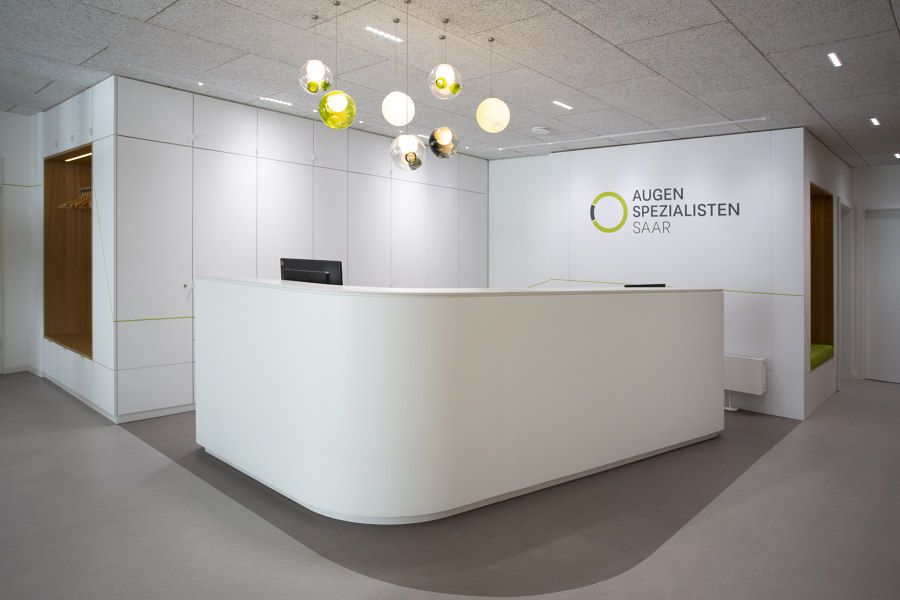
Fotograf: Sarah Pulvermüller
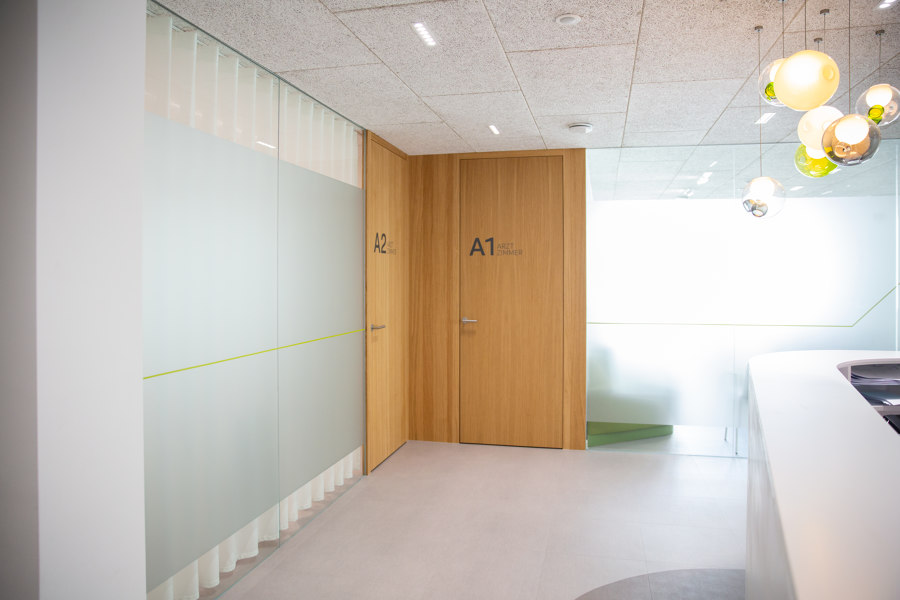
Fotograf: Sarah Pulvermüller
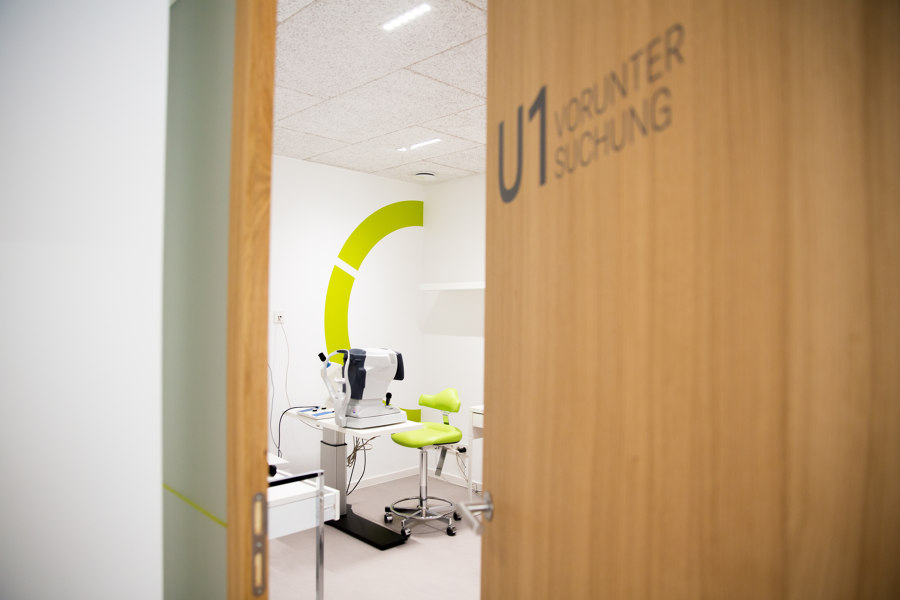
Fotograf: Sarah Pulvermüller
Seeing better with dynamic lighting
Tunable white lighting adds to comfort and convenience in an ophthalmology practice.
Constantly changing lighting conditions are part of everyday life in an ophthalmologist’s office and have an influence on a person’s circadian rhythms. Both staff members and patients benefit particularly from lighting that changes according to the rhythm of light throughout the day. This is demonstrated in the refurbished offices of the eye consultants Augenspezialisten Saar in Püttlingen.
Making routine workflows simpler
The shift between light and dark determines the daily work routine in an ophthalmologist’s practice. External examinations of the eye, reading and colour tests require bright lighting of 1000 or 500 lux according to DIN 12464-1. The surroundings need to be darkened when examining the inner eye using a slit lamp and lens. These everyday situations require varying lighting levels. Generally, this means that doctors or their assistants often need to open and close the curtains and switch lights on and off using wall switches. This was also the case in the Püttlingen clinic of Augenspezialisten Saar, before it was modernised in late 2020 and an innovative lighting concept was implemented.
Focus On Health And Ergonomics
The practice rooms do not have much natural light and the waiting room is the brightest area. Dynamic natural lighting resulted in an enormous improvement in conditions for conducting examinations. It also made a noticeably more comfortable atmosphere for patients during their time in the practice. Tunable white LEDs simulate the natural pattern of light over the course of the day to harness the positive effects on circadian rhythms as defined by human centric lighting (HCL).
Dynamic artificial light improves indoor environment
The lighting controls operate with Casambi. It adjusts the colour temperature and illuminance continuously over the course of the day according to the actual time. A sensor in the waiting room registers real-time data and transmits them to the controls. This modern wireless technology is also easy to integrate when refurbishing an existing building. It allows you to program different lighting moods, for example for specific examinations.
Three lighting situations, three types of light distribution
The light in the offices in Püttlingen varies during the day from warm white 2700 Kelvin to cooler 5000 Kelvin and back again to 2700 Kelvin. This curve is variable and easy to adapt to fit the requirements in each case. The lighting consists of three components. Light strips on the ceiling provide diffuse light, comparable with the daylight sky. Downlights emit brilliant light directly. Swivelling spotlights in the track system in the ceiling afford improved spatial perception.
Individual and user-friendly
Casambi offers several interfaces, e.g. the app, a wall-mounted or wireless switch. These are easily within reach during examinations. A reed contact is integrated in the slit lamp. This contact switches the light on or off with fade time as wished. This interrupts the programmed brightness curve; the controls are then restored exactly to the current mode. This maintains the sense of continuing to experience the diurnal rhythm consciously.
Design team:
Tobias Link
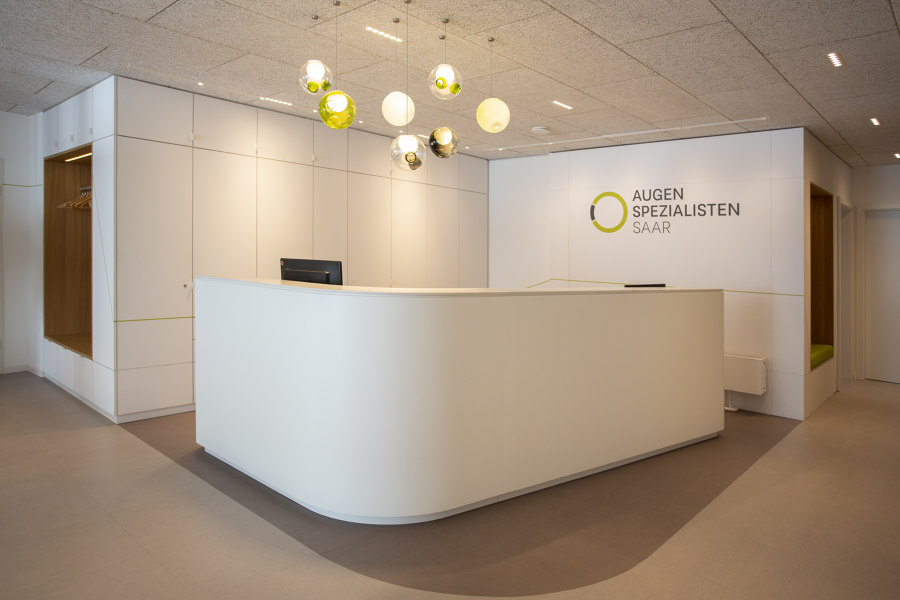
Fotograf: Sarah Pulvermüller
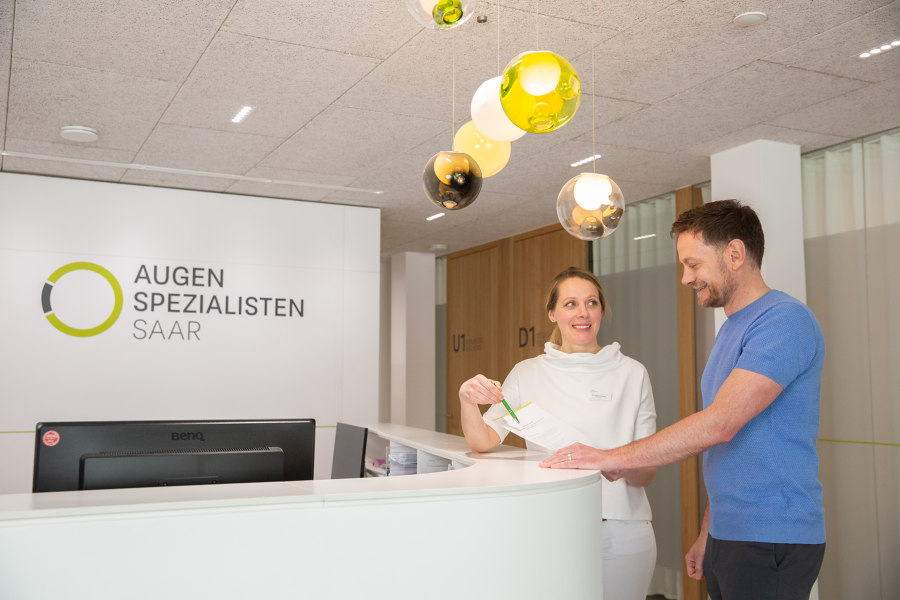
Fotograf: Sarah Pulvermüller
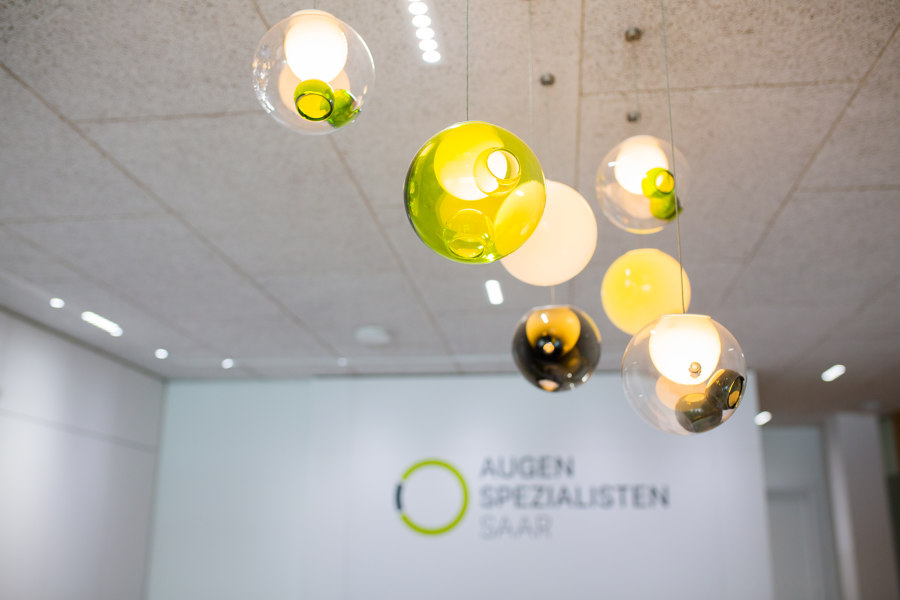
Fotograf: Sarah Pulvermüller

Fotograf: Sarah Pulvermüller
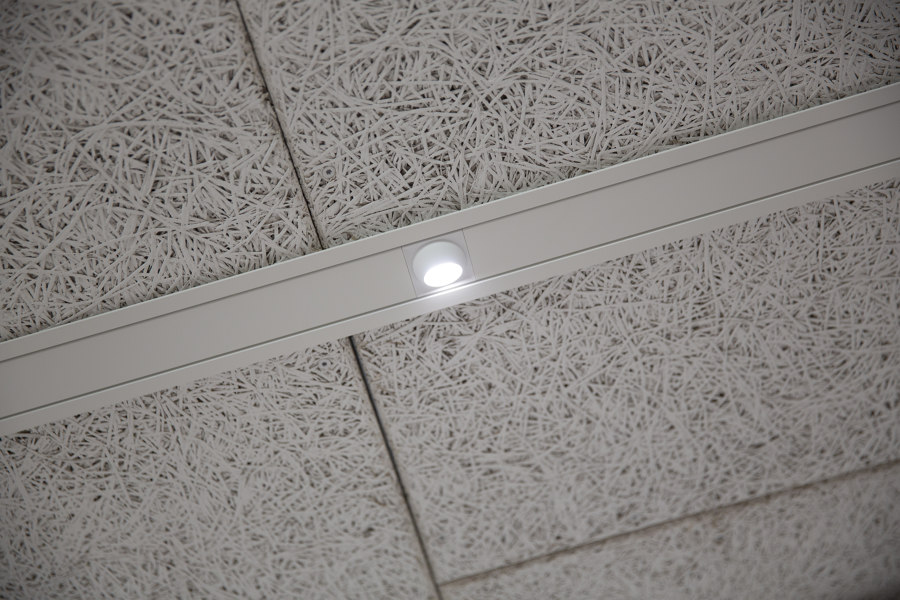
Fotograf: Sarah Pulvermüller
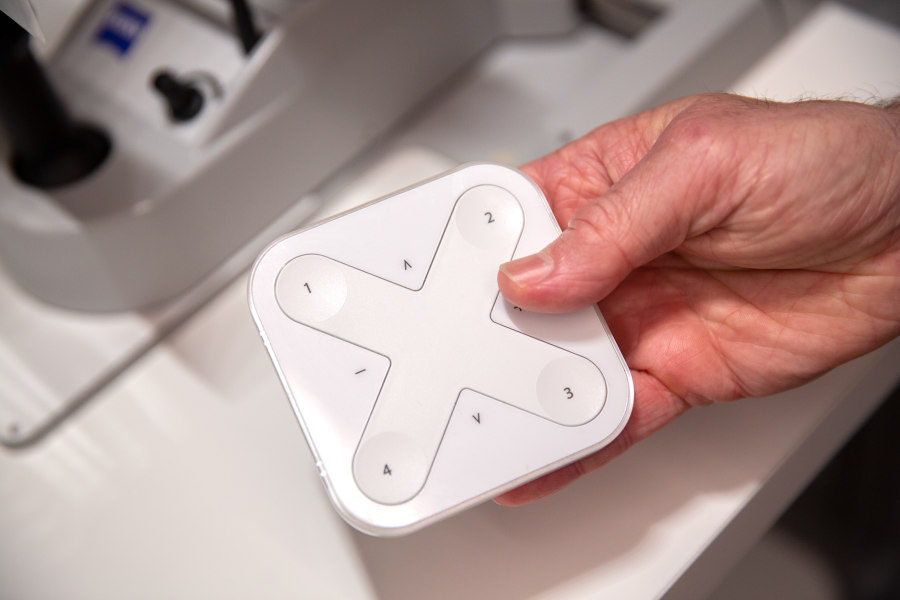
Fotograf: Sarah Pulvermüller
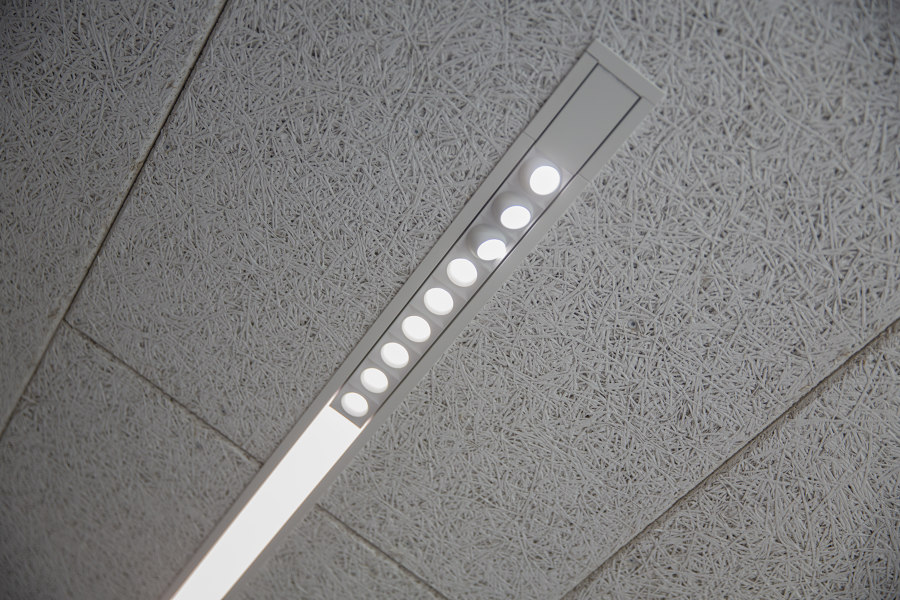
Fotograf: Sarah Pulvermüller
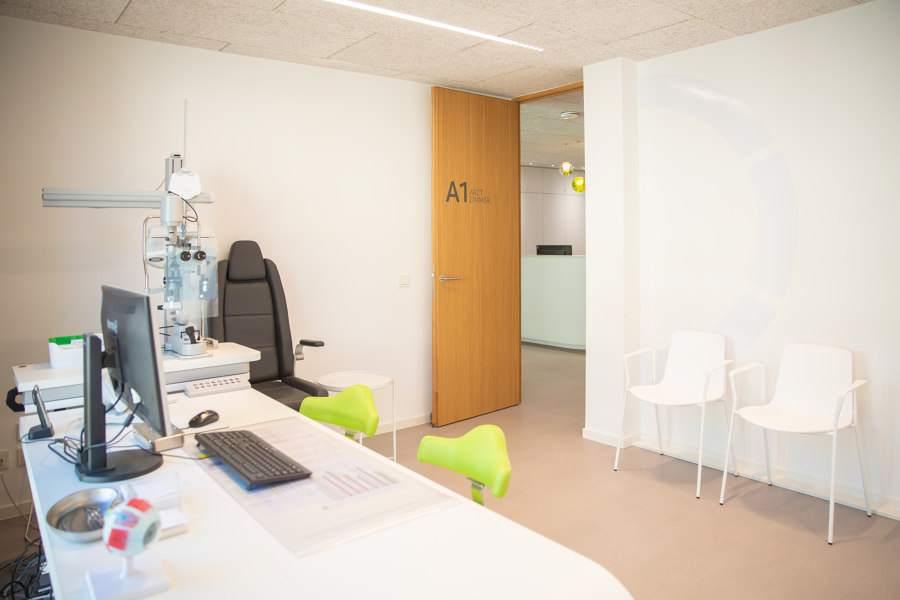
Fotograf: Sarah Pulvermüller
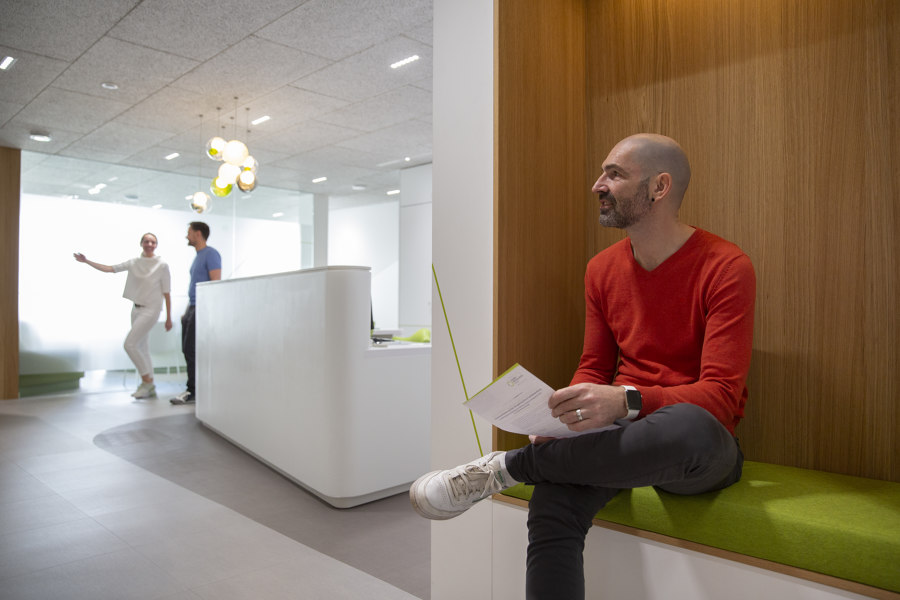
Fotograf: Sarah Pulvermüller

Fotograf: Sarah Pulvermüller
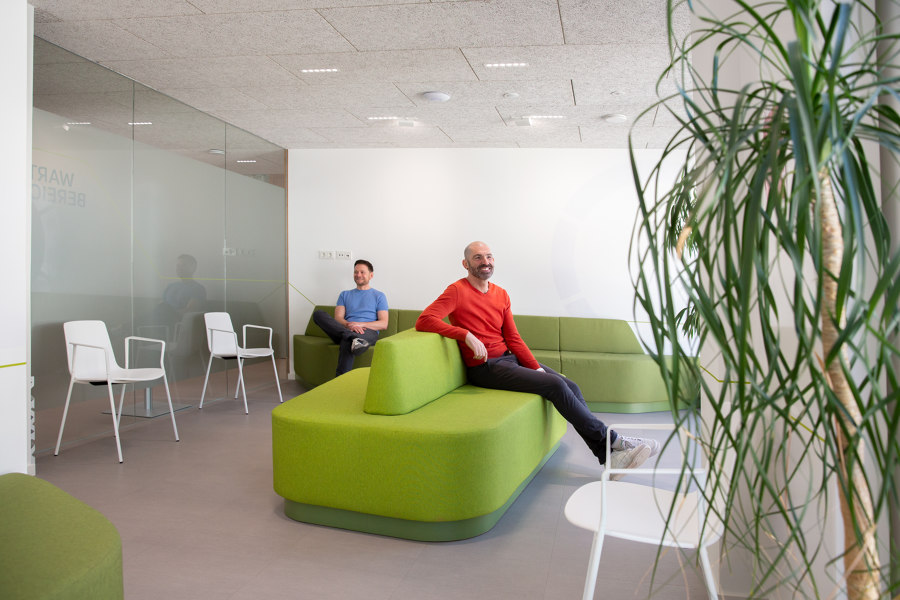
Fotograf: Sarah Pulvermüller
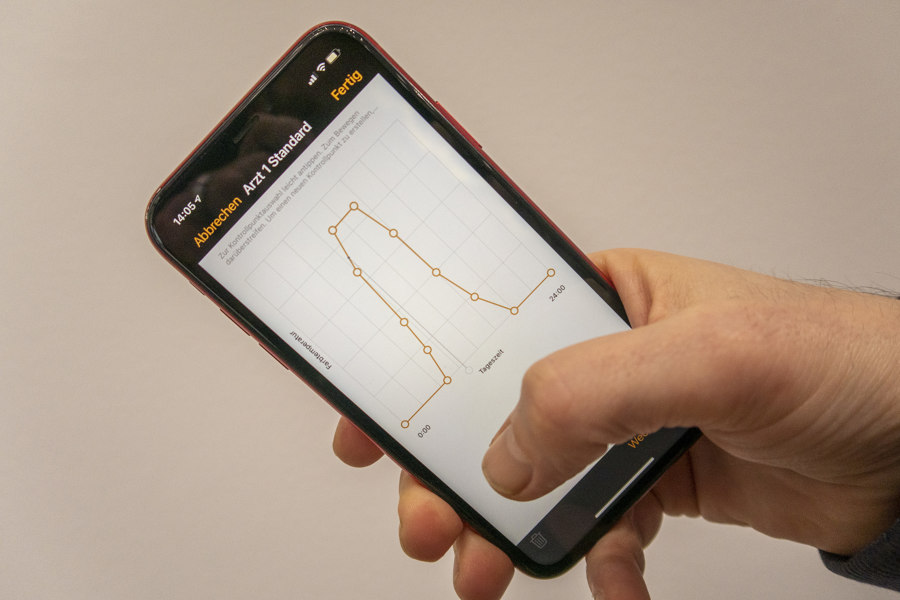
Fotograf: Sarah Pulvermüller
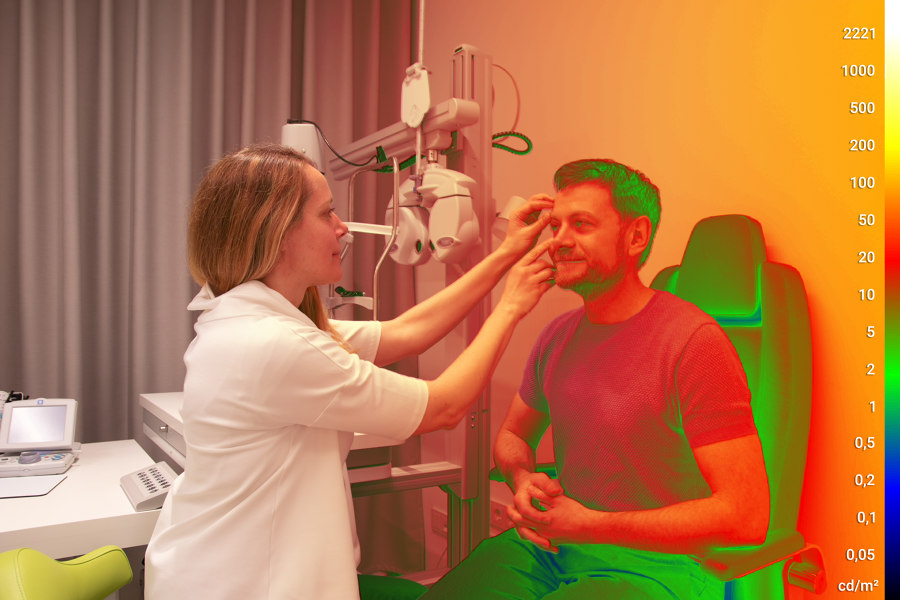
Fotograf: Sarah Pulvermüller















